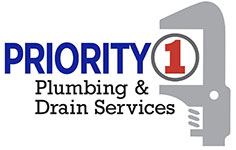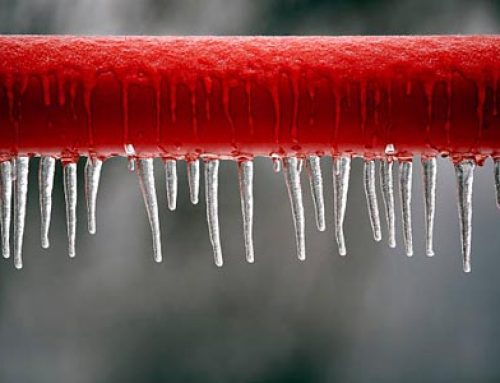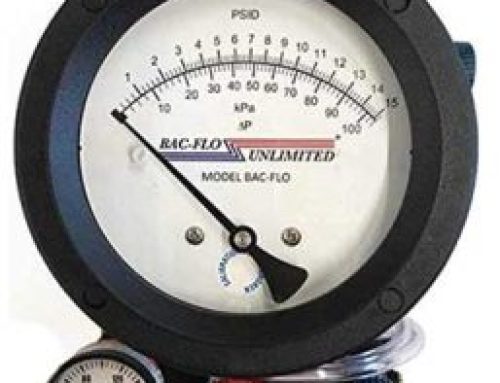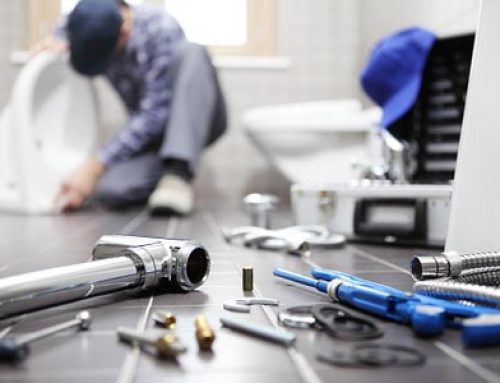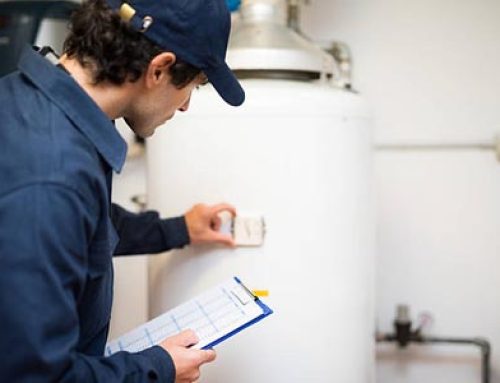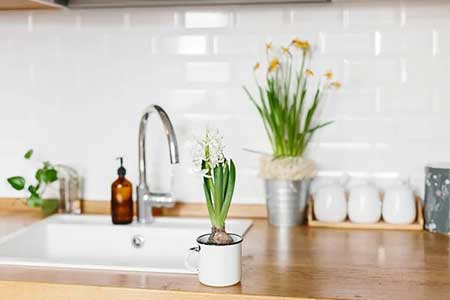
With the growing focus on sustainability and eco-friendliness, more and more people are switching to environmental-friendly habits to make their homes greener. Plumbing is one subject that gets neglected frequently.
Even so, there are plenty of ways of implementing eco-friendly plumbing habits that can lessen your home’s impact on the environment while also saving you money on your utility bills. In this article, we’ll discuss some of the top eco-friendly plumbing tips for a greener home.
5 Plumbing Tips for a Greener Home
Install Water-Saving Fixtures
Installing water-saving fixtures is one of the simplest ways to make your plumbing more environmentally friendly. Low-flow showerheads, faucets, and dual-flush toilets that consume less water per flush are all examples of this.
These fixtures help you save money on your water bills in addition to lowering your water usage. Also, many of these fixtures are now offered in fashionable styles, so you don’t have to give up style for sustainability.
Repair Leaks and Drips
In case you didn’t know, a single leaking tap can waste up to 3,000 gallons of water annually, in case you didn’t know. That is a significant amount of water wasted, not to mention the increased water bill cost. Take the time to repair any leaks or drips in your pipework as soon as you notice them. This not only prevents additional harm to your plumbing system but also saves water and money.
Use Energy-Efficient Appliances
You can use energy-efficient appliances and water-saving fixtures to make your plumbing more environmentally friendly. This applies to everything, including your water heater, dishwasher, and washing machine.
In order to find appliances that are more energy-efficient than normal appliances, look for those that are ENERGY STAR certified. This not only lowers your energy consumption but also lowers your utility costs.
Consider a Tankless Water Heater
Consider a tankless water heater if you need a new water heating system. Tankless water heaters don’t keep hot water in a tank like conventional water heaters do. The water is heated only when it is actually needed.
This implies that instead of continuously heating a huge tank of water, you just heat the water you use. Hence, compared to conventional water heaters, tankless water heaters are substantially more energy-efficient.
Harvest Rainwater
Finally, think about collecting rainwater for toilet flushing or irrigation. This entails gathering rainwater in a container or barrel and using it to supply non-potable water requirements.
By doing this, you not only use less water but also contribute to preserving local water supplies. Rainwater is also naturally soft and pollutant-free, making it better for your plants and garden than hard tap water.
In conclusion, embracing eco-friendly plumbing practices is a simple yet impactful way to create a more sustainable and environmentally conscious home.
By adopting the tips mentioned above, you can substantially reduce your household’s carbon footprint while also enjoying the cost-saving benefits of reduced utility bills. So, why not take a step towards an eco-friendly home today?
